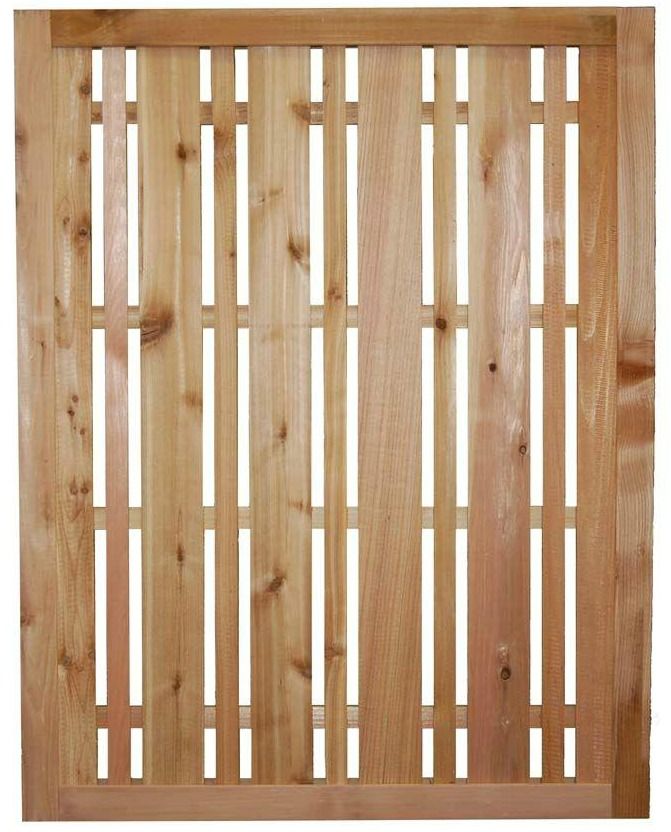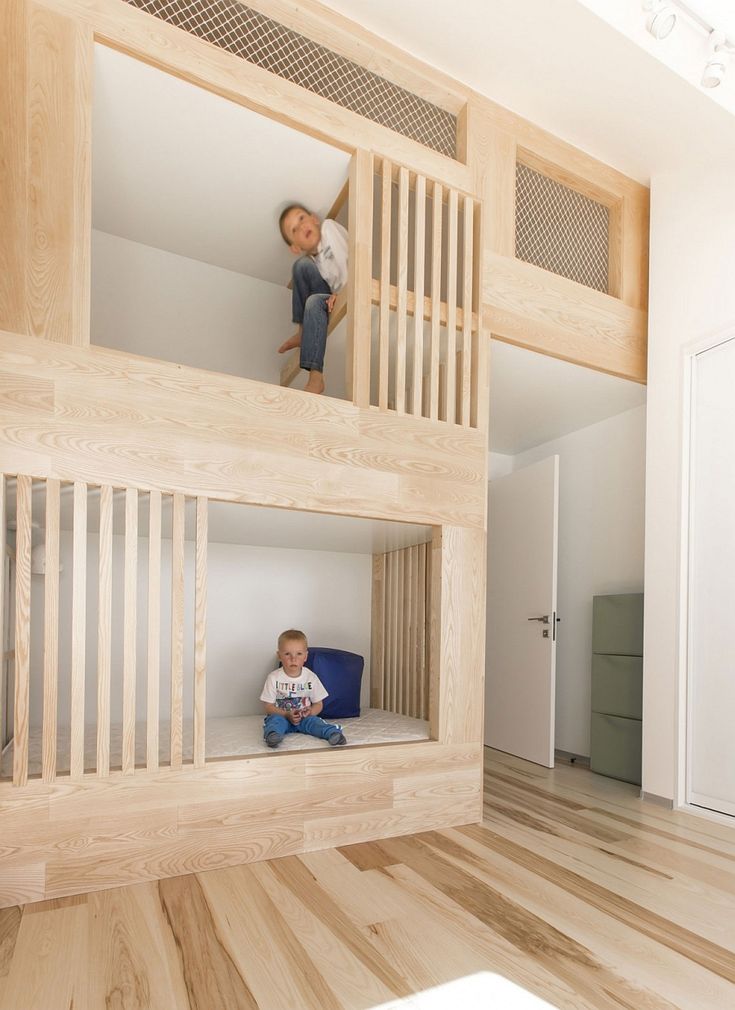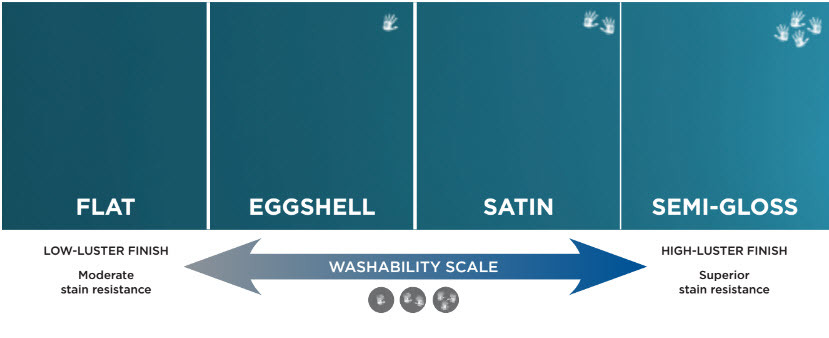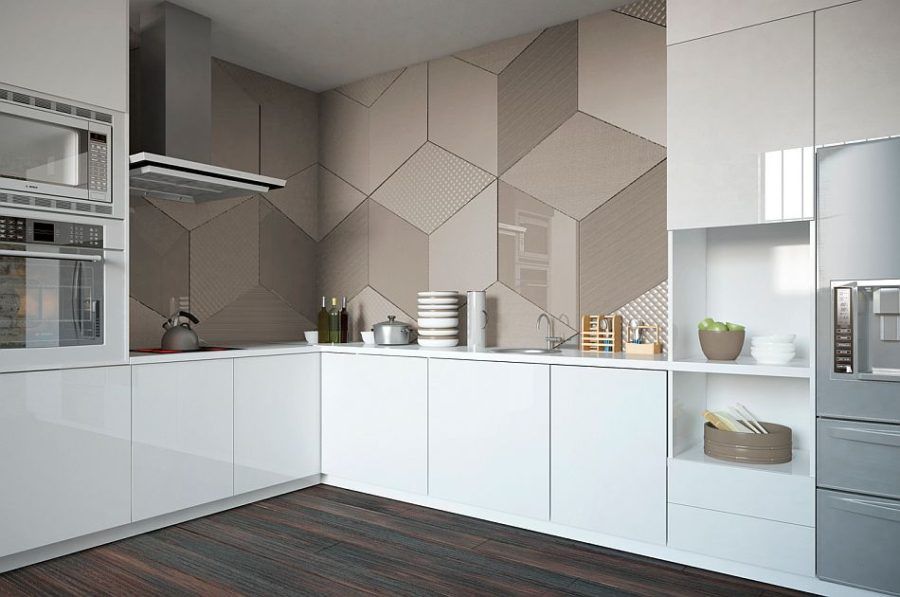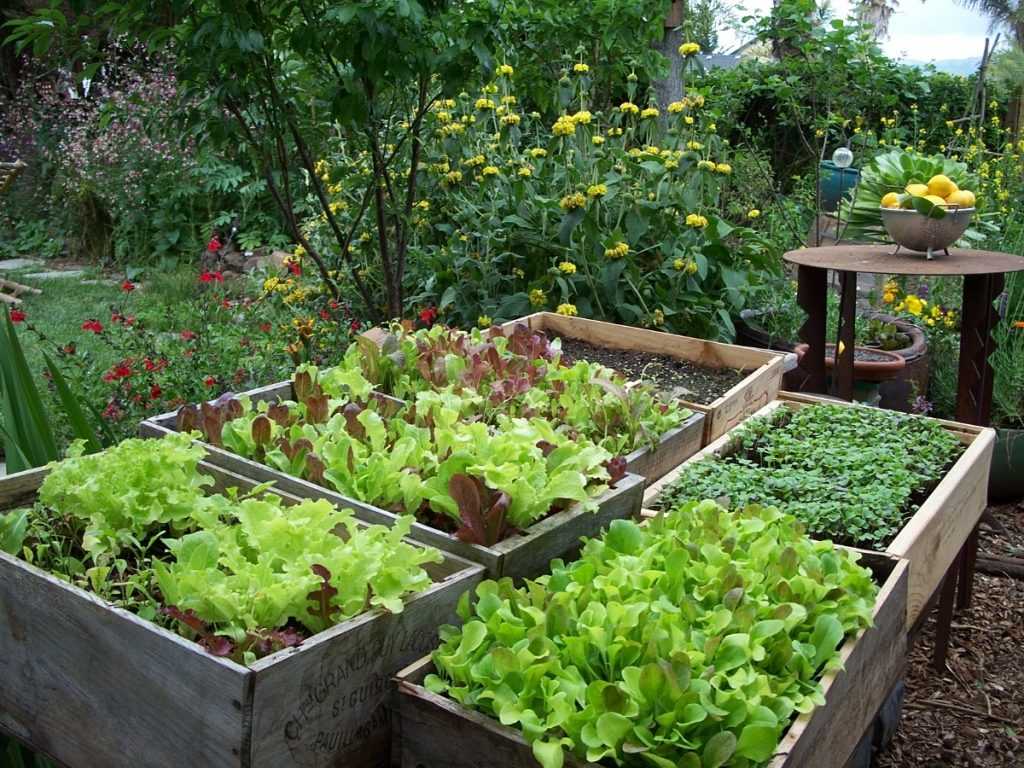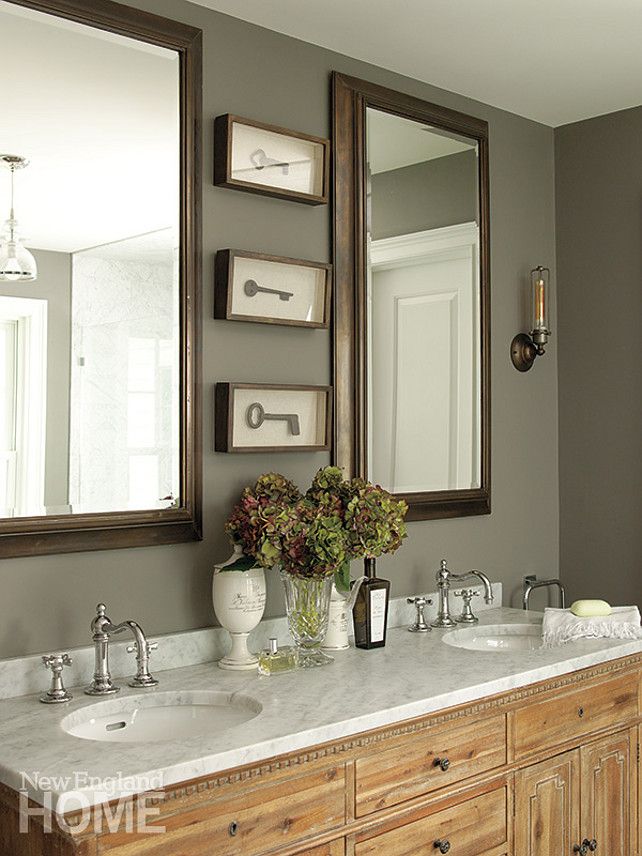Planting vegetables in shade
Shade-Tolerant Vegetables and Herbs — Seattle's Favorite Garden Store Since 1924
Don’t give up on a vegetable garden because you have more shade than you would like. Many gardeners don’t have the opportunity to grow in the ideal 8+ hours of full sun, especially in the city. However, many veggies can tolerate partial shade; a few even appreciate it!
“Partial shade” refers to areas that are exposed to 3-6 hours of sunlight. Areas that receive dappled sun or filtered sunlight for most of the day are also considered to be in partial shade. Even in less-than-ideal sun exposure, you can still do some veggie gardening. Just try it out and see! Often, gardeners with shade garden success earned it with a little trial and error.
Try these shade-tolerant vegetables in your garden:
Salad greensarugula, endive, lettuce, sorrel, spinach
Salad greens generally do well in cooler weather and they welcome some shade! It can be tricky to grow them during the hottest part of the summer because these veggies go to seed (also known as bolting) more quickly with too much heat or sun. However, a shadier spot can help extend their production. Salad greens tolerate 3-4 hours of sun per day very well.
collards, kale, mustard greens, swiss chard
These leafy greens are often served cooked. With 3-4 hours of sun daily, they will grow more slowly but you can harvest them as “baby greens” and they will be tender and sweet.
Root veggiesbeets, carrots, potatoes, radishes, rutabaga, turnips
You can harvest root veggies before they reach their full size for "baby" vegetables, or wait a little longer for a fully mature crop. They’ll take a little longer to reach full size in 4-5 hours of sun, but partial shade will prevent them from bolting (going to seed) too quickly. Radishes especially prefer a bit of shade from the heat of summer, to keep them from turning woody and bolting. Consistent watering is also important to avoid woodiness and bolting. Keep in mind that you can harvest the delicious greens of beets, turnips, and radishes even if the root stays small.
Broccoli and cauliflower, brussels sprouts, cabbage
These veggies in the Brassica genus grow tighter heads and flower later with partial sun. With broccoli and cauliflower, you may be able to get a second smaller crop after you cut off the main central head. These cool-weather plants do well with 4-6 hours of sunlight daily.
Peas and beansBeing in a shaded spot will lengthen the growing season for peas and beans! These veggies can do well with about 4-5 hours of sun daily. Remember to pick peas and beans regularly to encourage continued growth. Read more tips in our blog post on how to grow peas.
Leeks and onionsLeeks and onions do very well in cooler, moist environments. They can get by with at least about 4 hours of sun per day.
Herbsmint, chervil, chives, coriander/cilantro, oregano, parsley
Herbs make great additions to a shady veggie garden! Keep in mind these herbs will grow more quickly and densely with more sun, but they usually still do well with 4 hours of sun per day.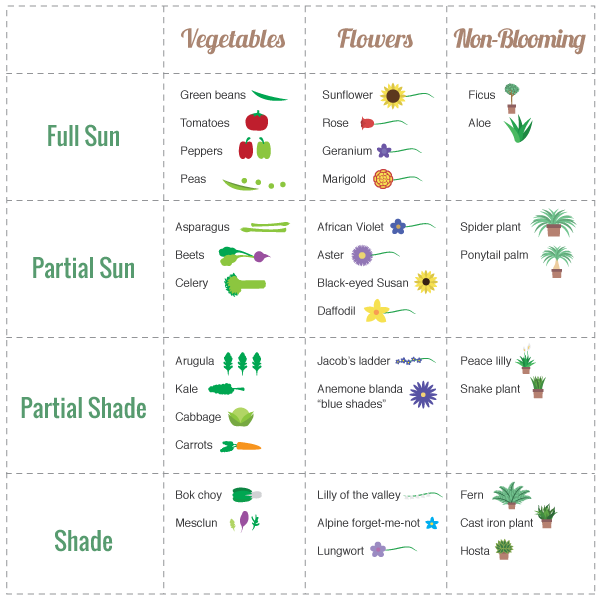 Also, note that mint is such a vigorous grower that it’s best to put it in a container so it doesn’t take over your garden.
Also, note that mint is such a vigorous grower that it’s best to put it in a container so it doesn’t take over your garden.
Meals are best when the ingredients are home-grown; don't let some shade stop you! Happy planting!
Vegetables to Grow in Shade: Growing Tips and Garden Plans
If you’re not blessed with a sunny garden space, see our list of vegetables (and fruit) that will grow in partial shade, as well as vegetables that will NOT grow in shade. Plus, see our tips and design ideas for a partial-shade vegetable garden.
Although fruiting vegetables such as tomatoes, peppers, cucumbers, and squash need at least 6 hours of full sun daily to give you a good harvest, most crops can “get by” with part sun or part shade (3 to 6 hours of direct sunlight).
Assessing Your Garden’s Light Levels
Before you even think about what to plant, make note of just how much sun your site actually receives; you might be surprised! There are different levels of shade and it will often change with the seasons.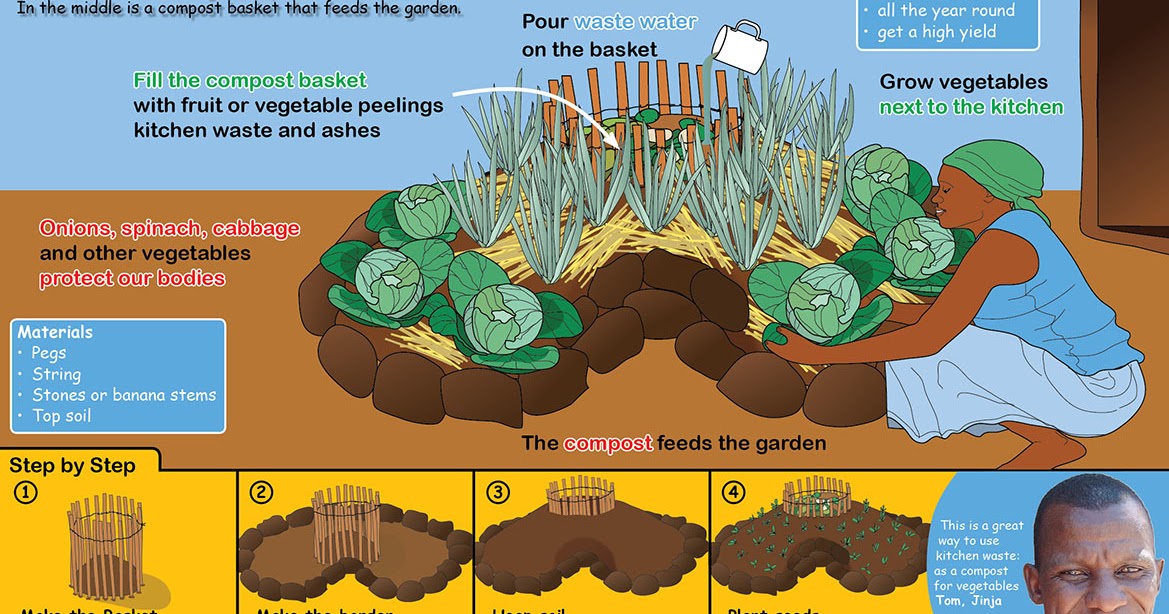 Here are the common terms associated with light levels in the garden:
Here are the common terms associated with light levels in the garden:
- Full sun is considered to be 6–8 hours (or more) of direct sunlight per day. Peak sunlight hours are between 10 am and 2 pm.
- Partial sun is 3–6 hours of direct sunlight per day.
- Partial shade is about 3 hours of direct sunlight per day.
- Full shade is less than 3 hours of sun and dappled light for the rest of the day.
- Light shade or dappled shade is bright sun filtered through the leaves of trees overhead.
- Deep shade gets no sun at all. You won’t be growing any vegetables here.
Once you have figured out how much sun you have to work with, you can get planning! Morning sun with afternoon shade is the best situation for many plants whether they are vegetables, annual flowers or perennials.
Carrots and leeks do well in this shady spot.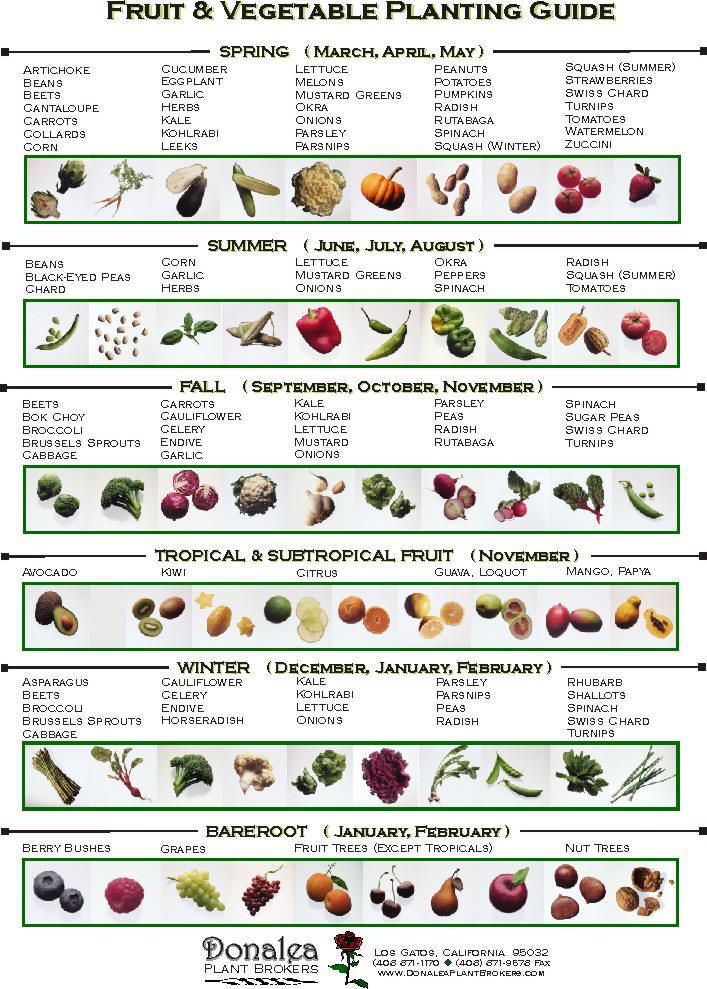 Photo by Robin Sweetser.
Photo by Robin Sweetser.Which Types of Vegetables Do Well in Shade?
- Cole crops are tolerant of partial sun or partial shade. Broccoli, cauliflower, kohlrabi, turnips, kale, and rutabagas will grow well with less than a full day of sun, but may take longer to mature. Cabbage will also grow in shade, but they may not form tight heads.
- Root crops such as radishes, carrots, potatoes, and beets can grow in as little as 3-4 hours of direct sun with light or dappled shade for the rest of the day.
- Leafy greens such as lettuce, arugula, kale, bok choy, and chard are happy with just a few hours of sunshine each day. In fact, keeping them out of midday sun can prevent their tender leaves from wilting.
- Climbing vegetables do well in areas that are shaded in the morning but sunny by afternoon. Cucumbers and pole beans will clamber up supports into the sunshine.
- Perennial vegetables such as rhubarb, asparagus, and Jerusalem artichokes can be grown in partial sun or partial shade.
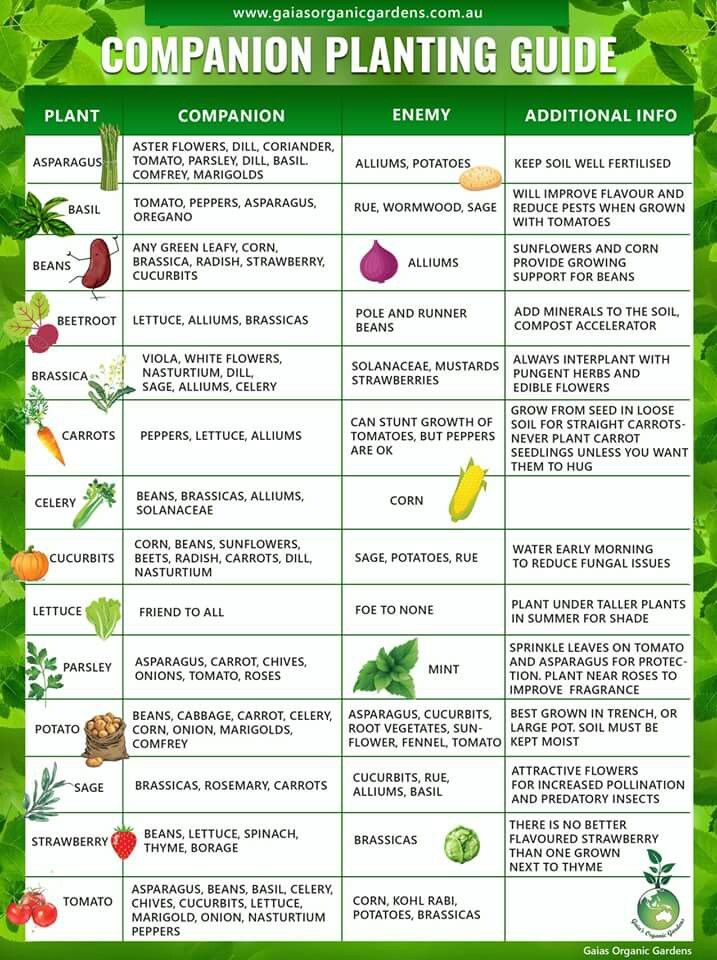
- Vegetables that are susceptible to bolting, like broccoli, cauliflower, and spinach, can benefit from being grown in partial sun, particularly in hotter climates.
- For areas that receive morning sun then afternoon shade, try vegetables such as celery, carrots, and bush beans.
Vegetable Growing Guides for Shade
Here is the list of our Growing Guides for shade-tolerant vegetables and herbs:
- Arugula
- Beans
- Beets
- Broccoli
- Cabbage
- Carrots
- Cauliflower
- Chard
- Cilantro
- Garlic
- Kale
- Kohlrabi
- Lettuce
- Parsley
- Parsnips
- Potatoes
- Radishes
- Rutabagas
- Spinach
- Turnips
Fruit to Grow in Shade
- Sour (acid) cherries actually fare better in shady plots, as they don’t need the sun to sweeten them. Plus, they look very pretty when trained on a north-facing wall.
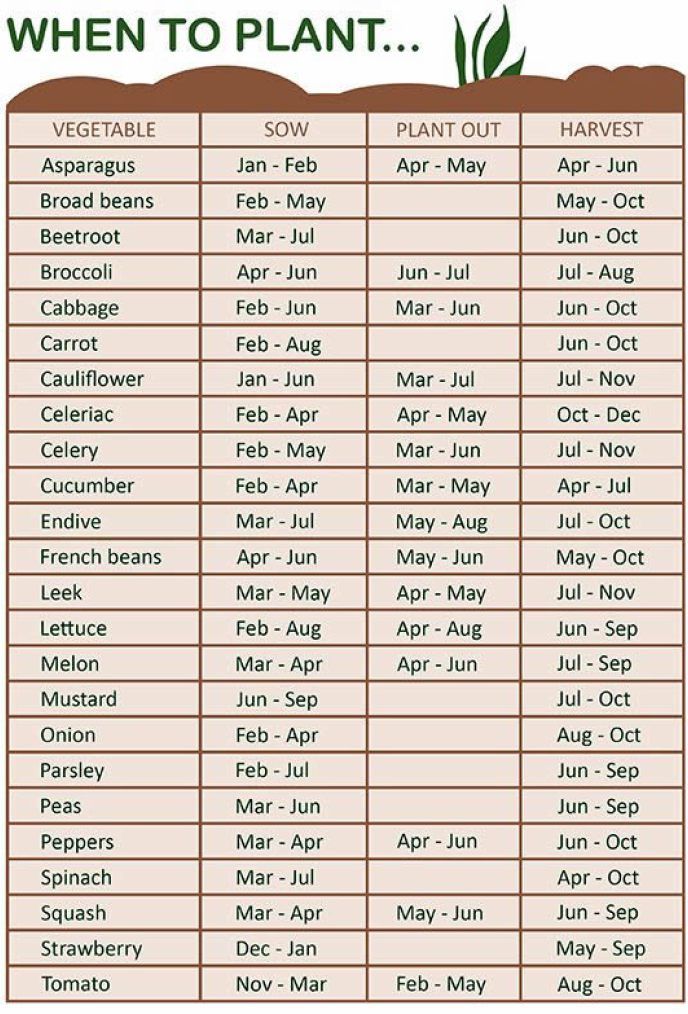
- Currants and gooseberries also grow and crop quite well in partial shade. Train them as cordons or as fans against a wall to ensure the branches are well spaced and that light can reach all parts of the plant.
- Cane fruits such as blackberries and raspberries can also cope with some shade, but will fruit better in more sun.
- Rhubarb is another great crop for a shady spot.
- In terms of fruit trees, pears and plums are your best bet. Pears do need a few hours of sun, preferably in the afternoon. Plums are a great choice for a landscape that gets morning sun and afternoon shade. Just remember, many varieties of pear and plum trees need a cross-pollinator to fruit, so you may need more than one tree.
- Wondering about strawberries? Alpine strawberries are much tougher than normal strawberries. Try a variety called ‘Alexandria’ for shade.
See all of our Fruit Growing Guides.
What NOT to Grow in Shade
Heat-loving crops such as tomatoes, peppers, eggplant, squash, and melons simply won’t grow without full sun. They need hot, sunny days in order to produce bountiful fruit.
They need hot, sunny days in order to produce bountiful fruit.
Most fruit trees need LOTS of sun. Citrus, peach, nectarine, apple, and apricot trees all need direct sun and won’t thrive in shade.
6 Tips for Growing in Shade
- In all but the hottest climates, use the sunniest parts of the garden to start seeds in a seedbed or in pots or modules, then transplant them to another bed once they are larger and more able to cope with shade. Using grow lights indoors can give early-sown seedlings a boost.
- Reflect any available light into shadier parts of the garden by painting walls and fences white, or use mirrors and other reflective surfaces such as shiny metal or foil.
- Shadier corners are slower to warm up in spring and quicker to cool down in fall, so use cold frames or row covers to warm up the soil earlier and extend the growing season later on.
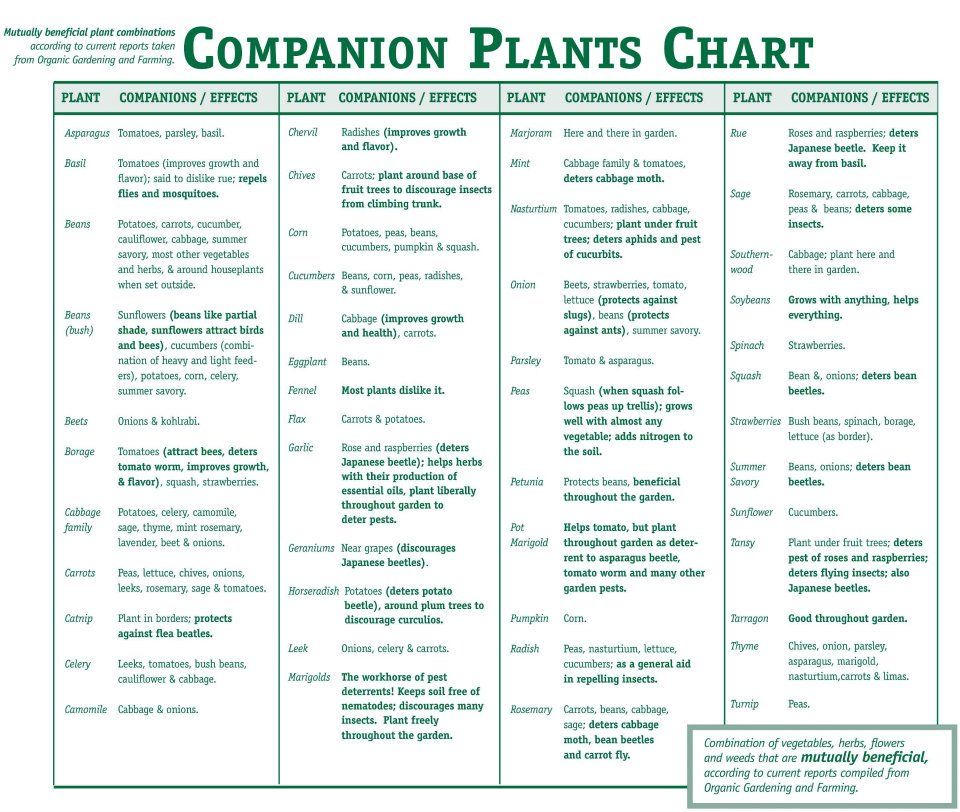
- Slugs and snails often lurk in shady areas, so use beer traps and delay laying mulches until the weather warms up.
- Leave plenty of space between plants to help maximize light penetration.
- You may not need to water as often when gardening in the shade, since less moisture evaporates. Do take care when gardening directly under trees, however. Their roots tend to compete for available water and nutrients and their leafy canopy will block some rainfall from reaching the ground.
Read about flowers and ornamentals that grow in the shade.
Painting this shed white helps it reflect more light on this sprawling squash. Photo by Robin Sweetser.3 Garden Plans for Partial Shade
The garden plans below are “partial shade,” so they will also have sun-loving plants in them. For example, the first plan has shade on the left where the leafy greens are, but the squash and tomatoes on the right will need full sun. Likewise, the third plan has shade at the top, but full sun elsewhere because corn, beans, squash, and tomatoes all like full sun.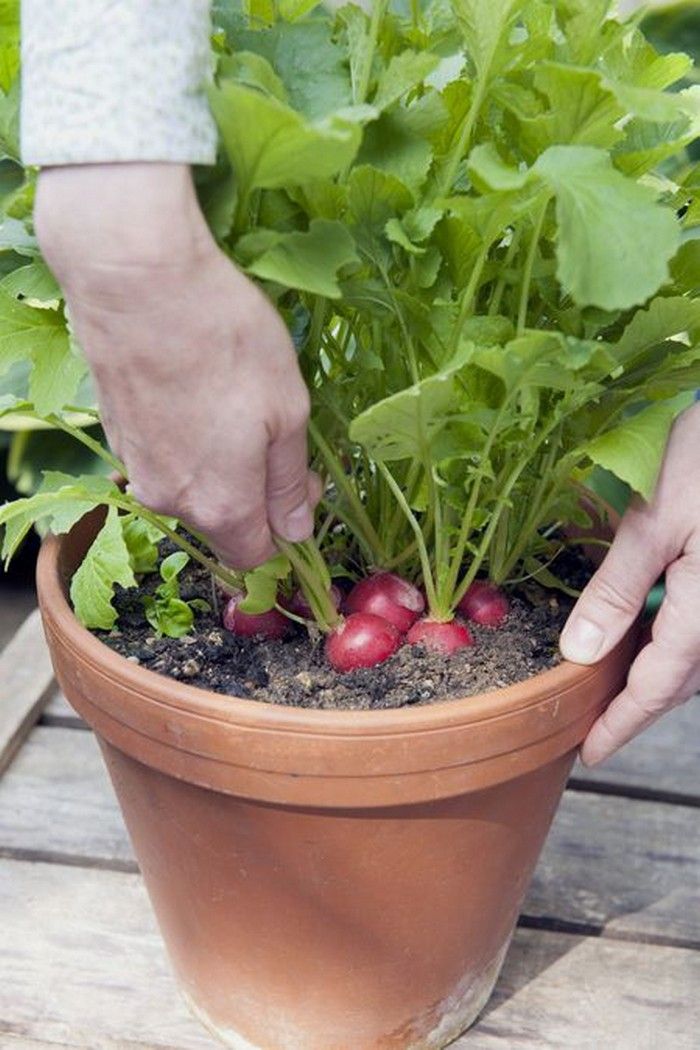
After you review the examples below, enjoy hundreds more garden plans with a free 7-day trial of the Almanac Garden Planner here.
1. Partial Shade Garden Plan: Home Garden
See plant list and more details about this garden here.
2. Partial Shade Garden Plan: Traditional Rows
See plant list and more details about this garden here.
3. Small Garden Plan: Community Garden
See full plant list and more details about this garden here.
For more free garden layouts, return to our main page of free garden plans.
Try the Almanac Garden Planner
The Old Farmer’s Almanac Garden Planner makes it simple to choose crops suitable for shadier spots. Click on the Custom Filter button, select the ‘Partial Shade Tolerant’ option and click ok. The selection bar will then display just those crops suitable for growing in these conditions. Easy!
Importantly, the Garden Planner will also calculate your local planting dates, calculate plant spacing, provide you with a printable planting calendar, and so much more!
Try a 7-day free trial of the Almanac Garden Planner here.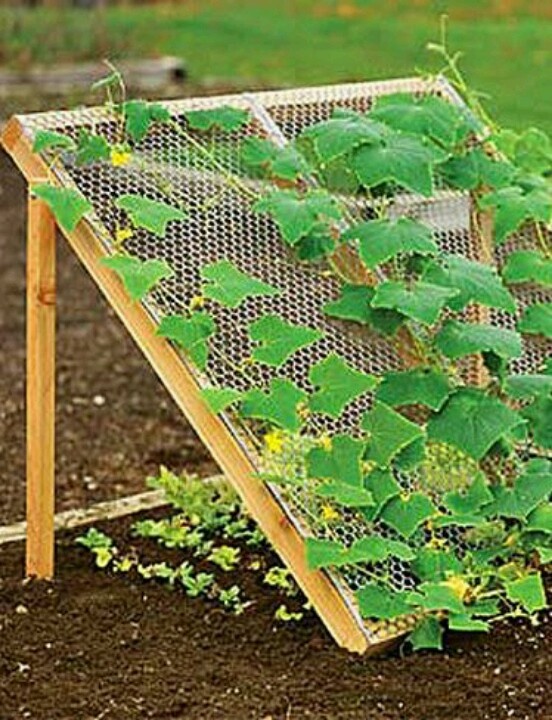
What to plant in the shade? - Plants that grow well in the shade
Even from the school biology course, we remember that plants need sunlight. Without exposure to light, the process of photosynthesis in leaves and stems stops, and eventually the plant dies. Therefore, all recommendations for planting vegetables and berries begin, as a rule, with one sentence “choose a well-lit area”.
But in every dacha there are places where the sun's rays rarely reach. Under the crowns of fruit trees, by a fence, behind a house or behind a bathhouse, there is always an ownerless piece of land where one would like to plant something useful, but after all, a shadow. And what to plant in the shade if nothing grows there? It is not true, some vegetables and shrubs are acceptable in the shade, grow well and produce a crop, despite the meager "light ration".
Let's make a reservation right away that the shadow in the southern regions, in the middle lane and in the north are different concepts.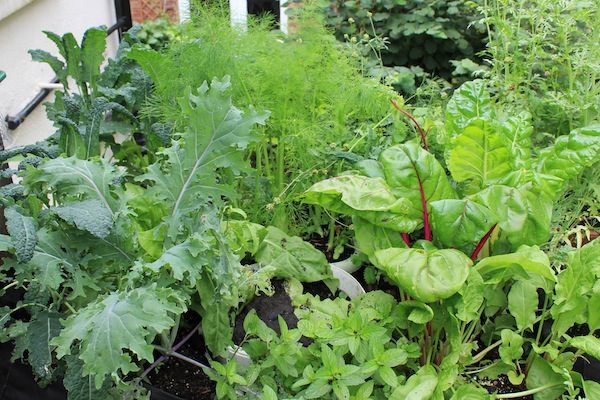 And if in the south in partial shade you can grow cucumbers, and zucchini, and pumpkins and watermelons, then in the north you will have to do with greens and salads. Here we will consider crops that can be easily planted in the shaded areas of the Middle Strip.
And if in the south in partial shade you can grow cucumbers, and zucchini, and pumpkins and watermelons, then in the north you will have to do with greens and salads. Here we will consider crops that can be easily planted in the shaded areas of the Middle Strip.
Shade vegetables
Rhubarb
A versatile vegetable whose sour stems can be used to make anything from soups to desserts. Rhubarb bushes grow well in the shade, if you do not forget about timely watering. If you want to plant rhubarb, it is better to ask the neighbors for a part of the rhizome - then the bush will grow faster, gain strength and give juicy stems. When planting seeds, you will have to wait a year or two until the plant gets stronger.
Salads
Lettuce, Odessa kucheryavets and other types of leaf and head lettuce, sorrel, spinach, chard, arugula, watercress, leaf mustard feel great on a shaded garden bed.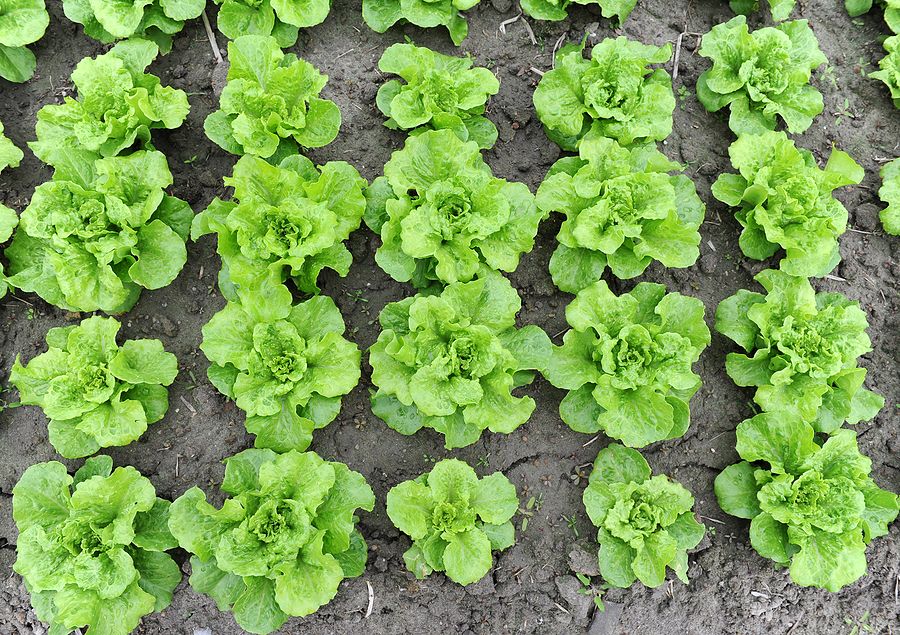 Perhaps they will not give such powerful leaves as in the sun, but they will remain tender for a long time, will not coarsen, will not be bitter and will not go into color for a long time.
Perhaps they will not give such powerful leaves as in the sun, but they will remain tender for a long time, will not coarsen, will not be bitter and will not go into color for a long time.
Ramson
Ramson or bear's onion, a plant that combines the taste of garlic and onion, is considered a medicinal plant. By adding a couple of wild garlic leaves to your spring salad, you will provide yourself and your family with an extra portion of vitamins. Since in nature the wild garlic grows in the forest, under the powerful crowns of trees, a thick shadow for her is her home.
Borago - borage
In the spring, when your cucumbers are not even planted for seedlings, the aroma and taste of a fresh cucumber in a salad will be provided by the leaves of borage - borage.
This plant is not afraid of shading and short-term frosts, is practically not affected by pests and does not cause any trouble in growing.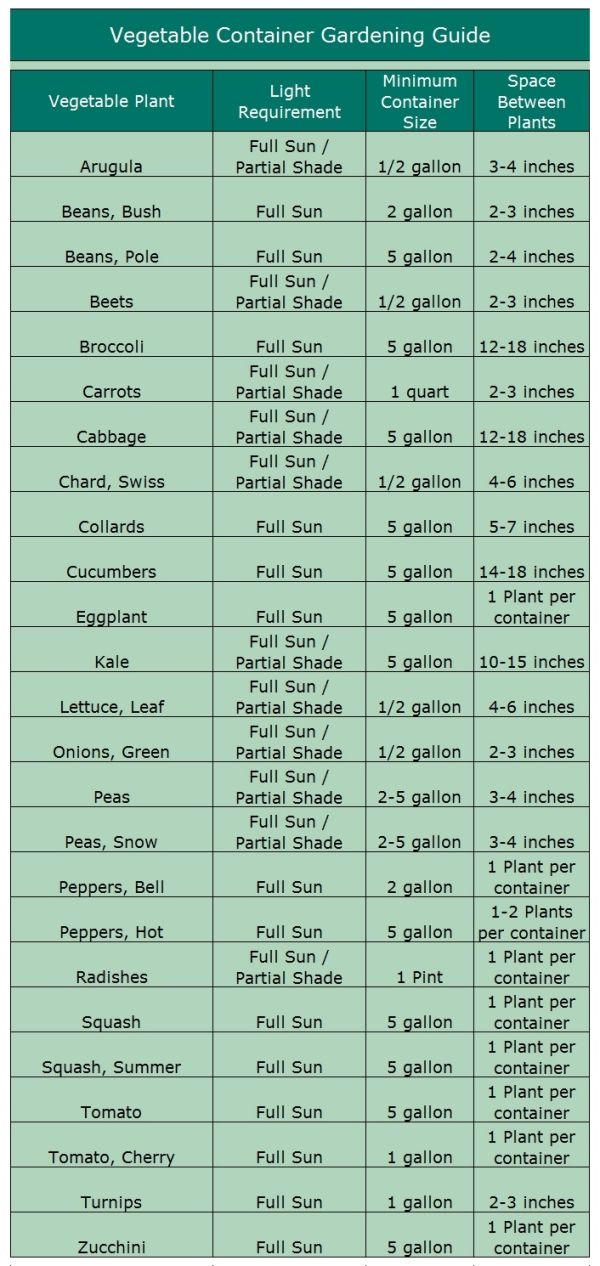 But early vitamin greens are regularly supplied to the table by borage.
But early vitamin greens are regularly supplied to the table by borage.
Garlic
For those who are not fond of canning vegetables for the winter, do not like spicy sauces, do not dry garlic to make powder, but grow it exclusively as a spicy seasoning, which does not need much, you can easily plant garlic in the shade under apple trees , plums or between currant bushes. The heads, perhaps, will be smaller, but then a whole garden bed will be freed up for more light-loving vegetables.
Greens and spicy herbs
Some spicy herbs, for example, basil will not survive without the sun, but parsley, celery, cilantro, mint, oregano, lovage, tarragon, lemon balm, thyme will grow in the twilight and delight you with their aroma . If you decide to grow a "green garden" under apple trees, do not forget to cover the planting with a film while spraying apple trees with chemicals to prevent poisons from getting on edible greens.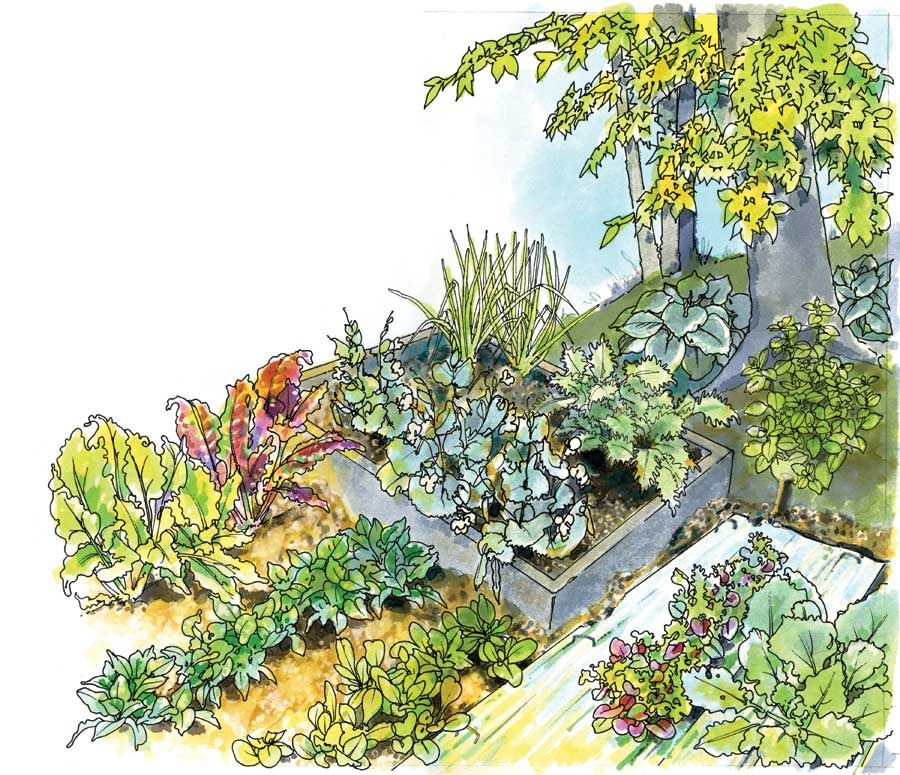
Beetroot
Gardeners who grow beetroot fall into two categories: some believe that beets should be strong and large, others prefer small root crops that are both tastier and easier to cook. If you are closer to the second position, then feel free to plant beets in the shade of trees. Rare sunlight penetrating through the crown will be enough for her, and the root crops will not outgrow. You can also grow root parsley and parsnips in the shade.
Perennial chives
Chives and slime chives thrive in partial shade and their greens become more juicy. Chives grow well and in a couple of years can fill all the space allotted for it without your participation. In addition to early greenery, chives produce beautiful lilac flower caps that delight people and attract insects to the site.
Beans and broad beans
Not all beans and broad beans grow well and bear fruit in the shade, but shade-loving varieties can be found.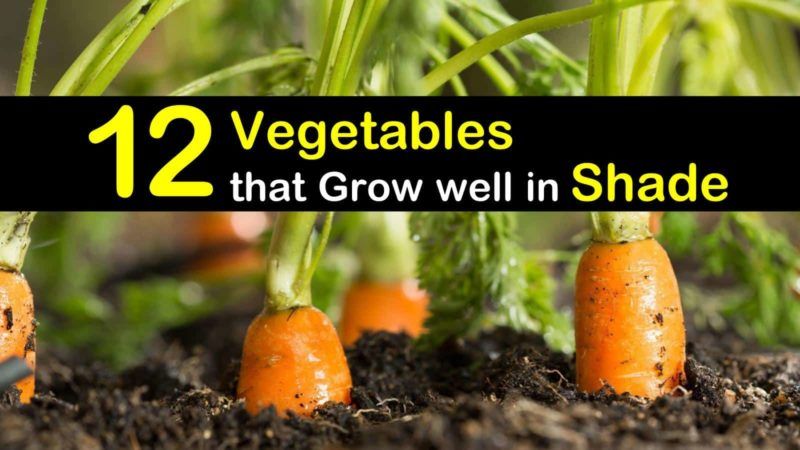 It is especially recommended to plant them under apple trees and, after harvesting, leave the tops as a green fertilizer to improve and enrich the soil.
It is especially recommended to plant them under apple trees and, after harvesting, leave the tops as a green fertilizer to improve and enrich the soil.
Horseradish
Horseradish is the king of shadow. Plant it in the darkest part of the garden, it will still grow and produce an excellent crop of tender leaves to use when pickling cucumbers.
Shade-growing berry bushes
Shrubs that naturally grow under the forest canopy tolerate shade well: irga, viburnum, chokeberry (chokeberry), blue honeysuckle. With them, the shady area will turn from a barren place into a real berry conveyor - just have time to collect.
Many wild roses are shade-loving. In the first half of summer, you will rejoice at their bright fragrant flowers and a cloud of useful bumblebees curling around, and in the fall you will harvest vitamin berries for drying.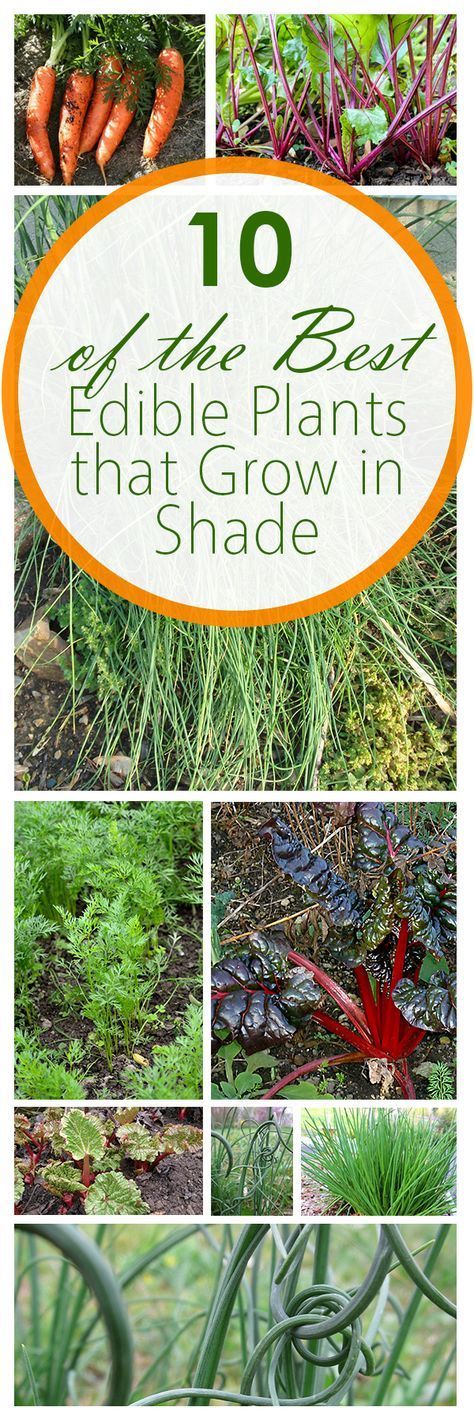
If you have an unoccupied dark patch of land along the fence, plant fragrant raspberries there - raspberries in the shade will be larger and juicier.
In the south, red and black currants can only be planted in the shade. Accustomed in nature to the moisture of swamps, the currant will not tolerate the southern drought if it grows in the sun. In the middle lane, currants (especially red ones) can also grow in the shade, but the berries will ripen later.
Make the most of the shady areas of your garden, don't be upset if you don't succeed with some of the recommended shade-loving vegetables - there are many options, and one of them will definitely turn out to be yours.
We wish you success and great harvests!
What vegetables can grow and produce crops in partial shade? Greens, root vegetables, radishes, legumes, cabbage, etc. Photo - Botanichka
Vegetables, herbs and herbs do not have to be grown only in open sunny areas.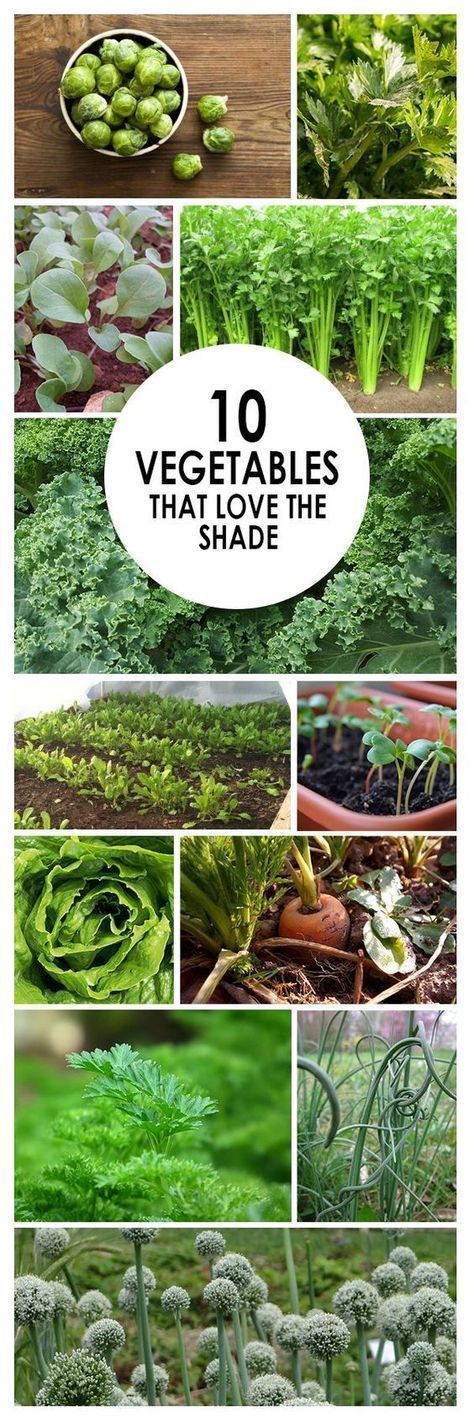 Site conditions vary. Perhaps you are the owner of a secluded garden and strive to make the most of unoccupied areas in partial shade. Maybe you are setting up an ornamental garden, in which some of the beds are shaded by shrubs, trees, and buildings. Even for such conditions, there are many plants that give a good harvest. And it doesn't have to be spicy herbs or boring salads. In soft lighting, protected from overheating and drought, many traditional garden dwellers surprise only on the positive side.
Site conditions vary. Perhaps you are the owner of a secluded garden and strive to make the most of unoccupied areas in partial shade. Maybe you are setting up an ornamental garden, in which some of the beds are shaded by shrubs, trees, and buildings. Even for such conditions, there are many plants that give a good harvest. And it doesn't have to be spicy herbs or boring salads. In soft lighting, protected from overheating and drought, many traditional garden dwellers surprise only on the positive side.
Peculiarities of growing vegetables in partial shade
Gardens are traditionally planted on open, sunny areas. But the popularity of mixed garden design and ornamental vegetable gardens, this seemingly invariable rule, is just one of the options. Especially in small gardens, where every free meter of space is very valuable.
Places in shade, in soft scattered penumbra under deciduous trees or near buildings should not be considered “unsuitable” for growing vegetables and useful plants.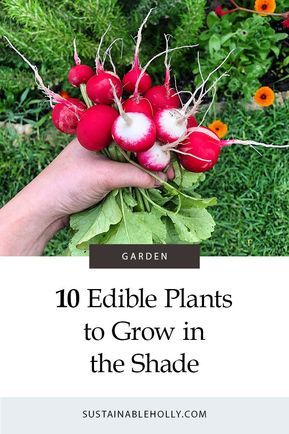 As are those beds where larger crops create shading. Whatever the reason that prompted the cultivation of vegetables in partial shade, suitable species will always be found. They will also help out in situations where you need to make room for more sun-loving crops by moving shade-tolerant species.
As are those beds where larger crops create shading. Whatever the reason that prompted the cultivation of vegetables in partial shade, suitable species will always be found. They will also help out in situations where you need to make room for more sun-loving crops by moving shade-tolerant species.
Before looking for vegetable plants for shady areas, it is worth limiting the allowable shading to reasonable limits. Vegetables can be grown in partial shade, but not in dense shade. For full-fledged fruiting, the formation of tasty leaves or fruits, any plant needs at least 3-4 hours of sun per day for leafy and spicy crops and 5 hours for root crops and crops that eat fruits. Even the most shade-tolerant salads and herbs are no exception to these norms. And, of course, when changing the lighting from the usual bright, it is worth making sure that the soil and its characteristics fully comply with the individual requirements of each plant species.
Particular garden plants will thrive in partial shade:
- afraid of direct sun and often suffering from burns on tender leaves;
- moisture-loving;
- who do not like overheating of the soil and roots;
- with succulent leaves, prone to roughness in the sun, unpleasant stinging and bitterness;
- prone to rapid shooting;
- who prefer shorter daylight hours;
- fast growing.

There are many advantages to growing some vegetables in partial shade - from longer vegetation, more delicate texture and taste of greenery to less need for watering and care. Indeed, in partial shade, the soil overheats less, moisture does not evaporate so quickly, the soil retains texture and breathability better, and the risk of crusting is not so high.
But there are also risks: in partial shade with excessive humidity and excessive rainfall, the risk of spreading diseases increases, and the yield in bad years can be several times inferior to "colleagues" in traditional beds. But if you choose the right plants and take into account the characteristics of your garden, constantly change the "set" of crops and do not forget about the elementary rules of growing and crop rotation, planting vegetables in partial shade will only bring joy.
Spicy herbs in semi-shady places bloom later and form a noticeably large green massSpicy classic for places with secluded lighting
Most plants that combine several useful qualities at once prefer stable soil moisture and do not like sun and overheating. Delicious leaves that can be used as food or for tea, used as a medicinal plant or spice in fresh and dried form, decorative - such cultures have many talents.
Delicious leaves that can be used as food or for tea, used as a medicinal plant or spice in fresh and dried form, decorative - such cultures have many talents.
Mint is the most decorative and has the best leaf mass in partial shade. But this is just the obvious choice. Other herbs can also be grown in secluded lighting:
- parsley;
- basil;
- coriander;
- lofant;
- oregano;
- celery;
- tarragon;
- lovage;
- lemon balm;
- chervil;
- thyme.
The main argument in favor of growing herbs in semi-shady locations is that they bloom later, form a large green mass of fragrant leaves for a slightly longer period (at least a few weeks compared to plants in open sunny areas).
Lettuces of all varieties and colors will feel very comfortable in shading. © harvesttotableSalads and leafy vegetables for partial shade
You can set up a bed with your favorite herbs even in a small area near the house.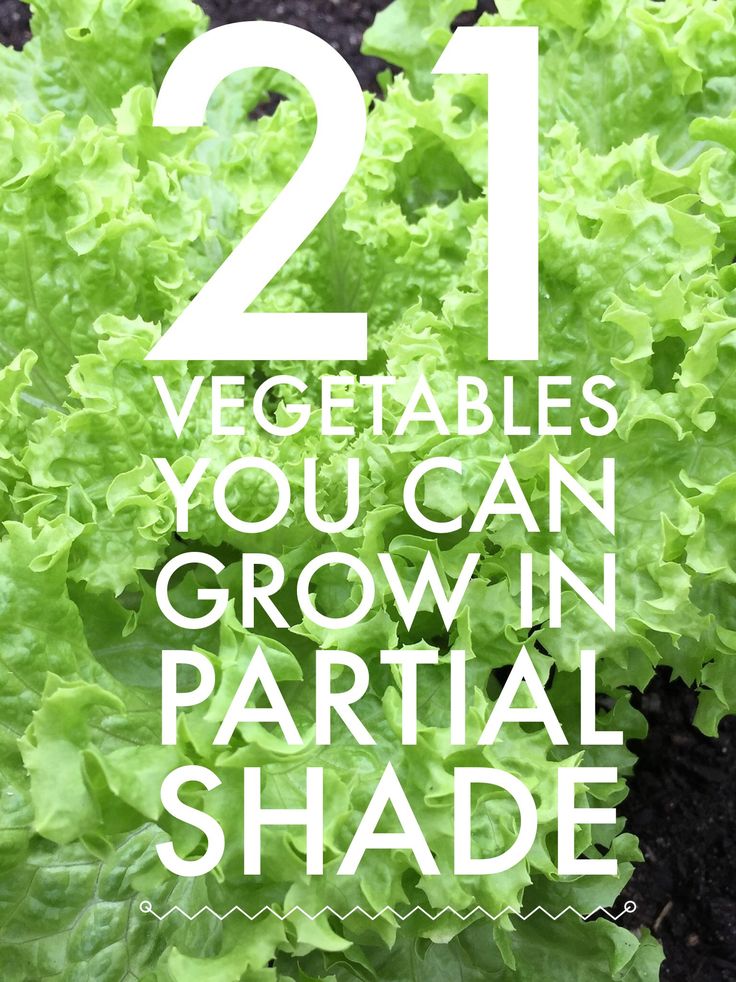 It is an excellent alternative to flyers and the best "filler" for mixed ornamental plantings. A secluded semi-shady corner will appeal to both fast-growing plants and plants that reach their best taste only by autumn.
It is an excellent alternative to flyers and the best "filler" for mixed ornamental plantings. A secluded semi-shady corner will appeal to both fast-growing plants and plants that reach their best taste only by autumn.
You can't grow head lettuce in partial shade, but lettuces of all varieties and colors will feel comfortable in shading. As well as spicy salads - watercress, valerianella, arugula, etc.
Grows a much larger leaf mass with smaller leaf size and pleasantly differs in smooth taste and texture from their counterparts in full sun also:
- sorrel;
- spinach;
- chard;
- mustard leaf;
- chicory and endive;
- borage.
These must-have plants for the summer table with a special taste bloom much later in partial shade, are not bitter and require less frequent watering. The risk of fungal diseases is higher, but pests are lower.
The real queen of partial shade - cabbageRead also our article The 9 Best Vegetable Salads to Plant This Season.
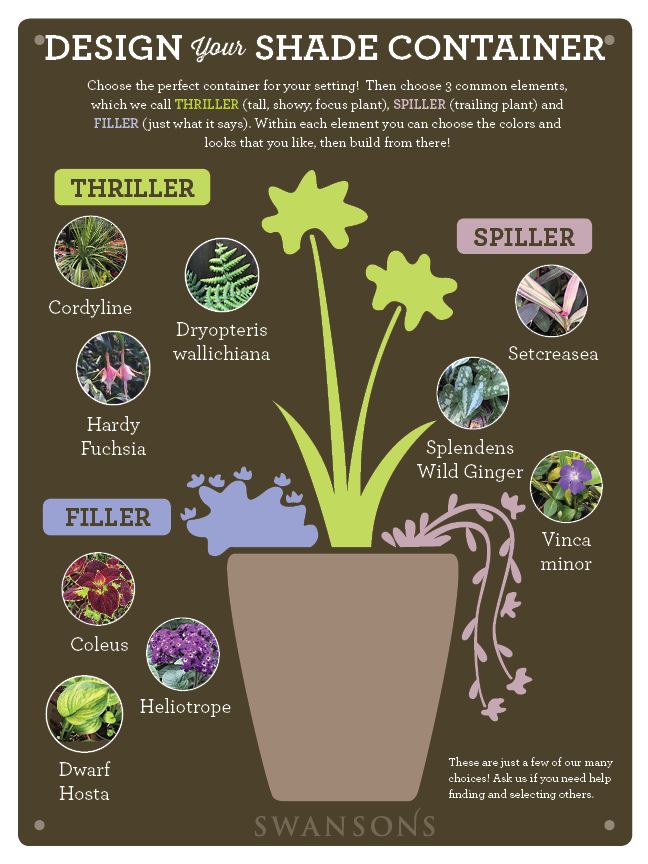
Favorite vegetables to serve
If a semi-shaded area requires at least 5 hours of morning or evening sun, then it is quite possible to grow classic vegetables on it. Of course, not all inhabitants of the beds can move to secluded places. Tomatoes, peppers, eggplants, cucumbers, corn, and many other species will not grow even in light partial shade. But there are pleasant exceptions to this rule.
Physalis, rhubarb and radish
In partial shade, physalis will delight you with an excellent harvest - an unpretentious plant from which you can choose vegetable or sweet strawberry varieties for every taste. Even with minimal care, physalis bears fruit amazingly abundantly and for a long time. And it is easily renewed by self-sowing.
You can safely grow rhubarb in partial shade, creating original accents in compositions or entire decorative groups with the help of this perennial favorite. He will release a large number of shoots only with timely watering, but on the other hand, it will be possible to harvest the crop longer than in full sun, while the rhubarb stems will remain juicy and tender.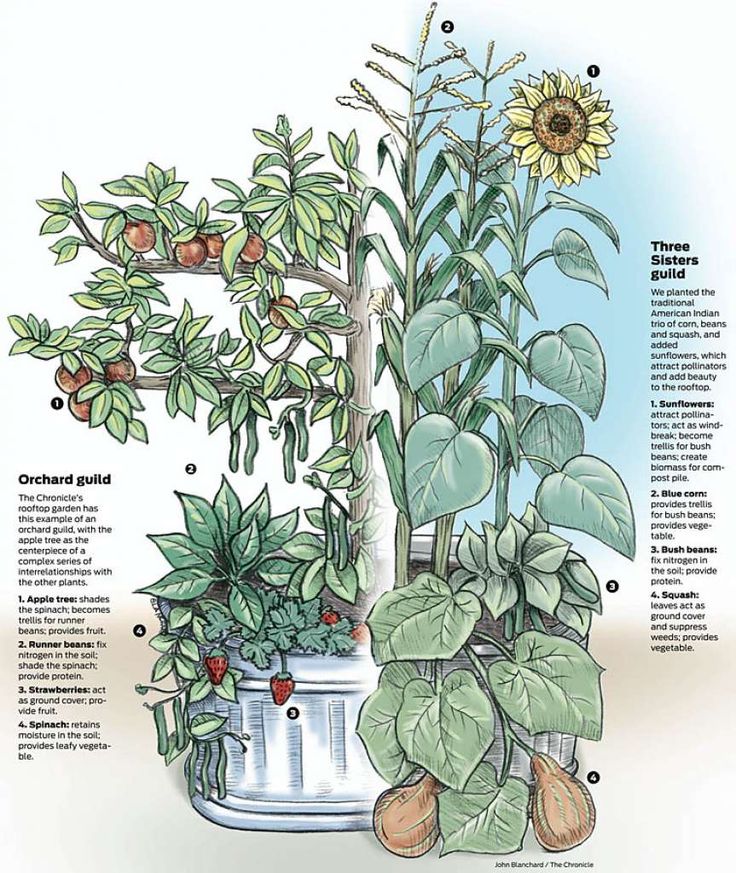
Radish is an amazingly versatile plant. Fast growing, adaptable to almost any company and great in mixed plantings, it will surprise you with a milder taste and delicate texture in partial shade. The larger-fruited variety, the juicier and not sharper it turns out in diffused lighting, although it does not reach the maximum size. And the radish shoots in a secluded place much later.
Root crops
Other root crops can be added to the plan for sowing in partial shade, which do not do well even in the sun. Carrots, parsnips, beets, rutabaga may not bring a record harvest, but they will delight you with tenderness and leaves. Even potatoes can be placed here: plantings for collecting young tubers to the table in the summer in shading often surprise only on the good side. Later fruiting is not such a big disadvantage if you choose early and early-growing varieties. Yes, and potatoes do not form such a green mass in partial shade, but larger and more uniform tubers on fertile soil can be expected.
Cabbage
The real queen of the penumbra is cabbage. Moreover, there are many varieties that perfectly tolerate limited lighting, both among everyone's favorites and among the species that are grown mainly by devoted fans. The first candidates are varieties of cabbage that are prone to shooting and losing the quality of leaves in the sun, considered to be autumn rather than summer, preferring a reduced daylight hours - pok choy, Beijing, kale and other varieties of leafy cabbage.
Both broccoli and cauliflower of all colors form much more delicious and tender buds in less than full sun. And they are surprised by the ability, after cutting the main crop, to continue to form small lateral heads in the axils of the leaves.
White cabbage of early varieties also grows well in partial shade, more readily tying more juicy heads.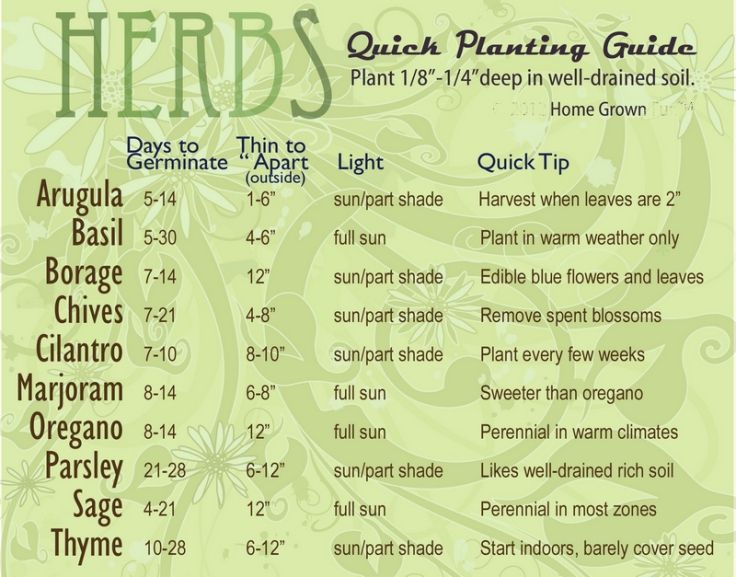 But the brussels sprouts, which are returning to fashion again, are even better tolerated by shading, in which the heads grow larger in partial shade.
But the brussels sprouts, which are returning to fashion again, are even better tolerated by shading, in which the heads grow larger in partial shade.
Read also our article 5 Unusual Types of Cabbage You Should Be Growing.
Onions
Many onions produce a much tastier harvest not in bright sun, but in not overheated soil in diffused light. Instead of the growth of leaves and the rapid release of arrows, the growth of underground parts is stimulated in partial shade. Onions from among lettuce, sweet varieties, original edible and decorative perennial onions (primarily chives and slime onions) and a capricious favorite leek will gladly settle in more secluded lighting, especially in mixed plantings. Garlic gives a smaller yield, but if you want to free up space in the garden, you can place it in partial shade.
Read also our article Perennial onions for greens, which I recommend to grow for everyone.
Legumes
Peas, beans and beans are the best candidates for a semi-shady location among leguminous plants.

